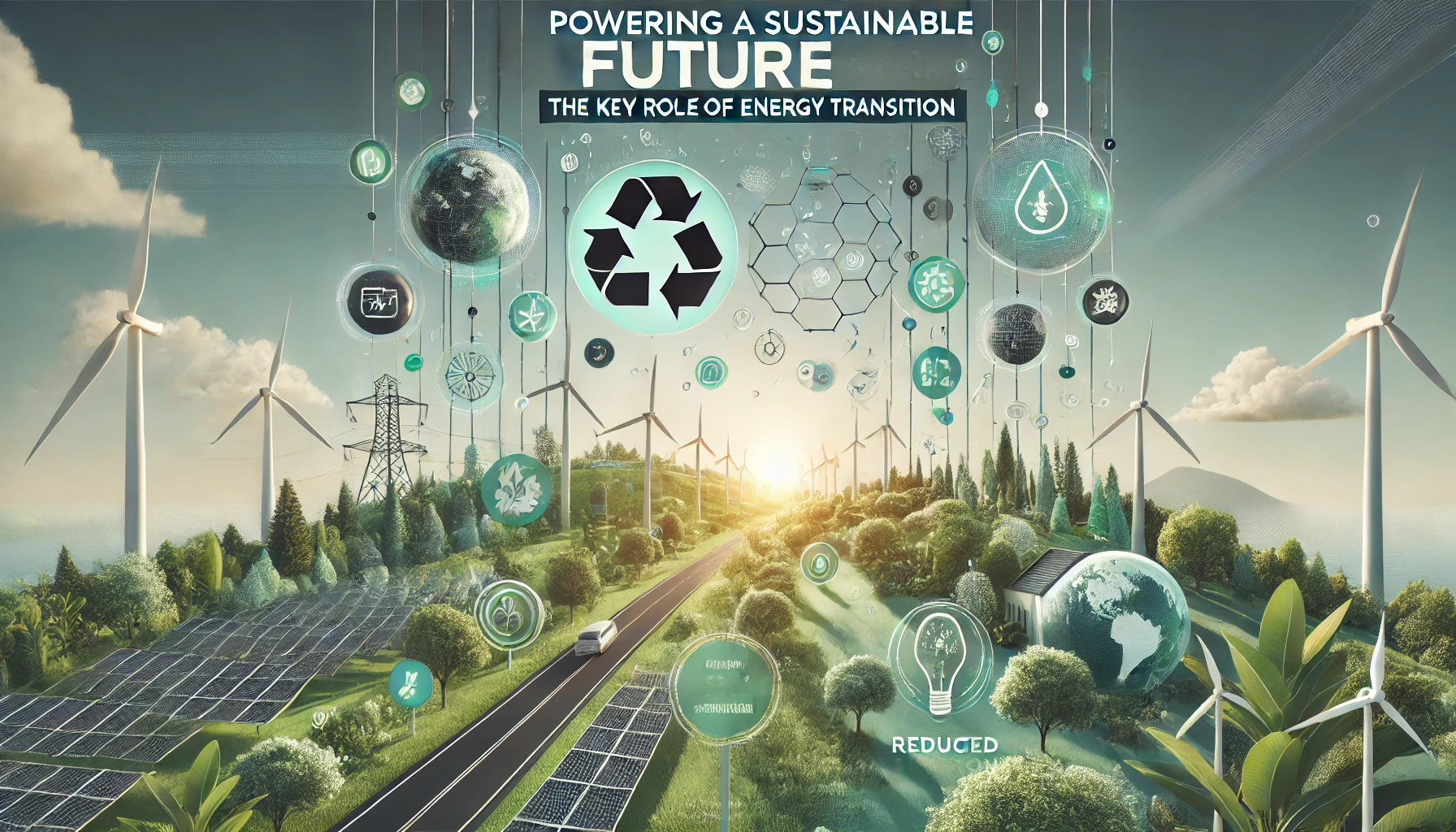Renewable energy is driving a global transformation toward sustainability by reducing emissions, enhancing energy security, and fostering economic growth. Using natural sources like sunlight, wind, and water, renewable energy systems offer clean alternatives to traditional fossil fuels. These innovative solutions are shaping the future of energy while protecting the planet.
This article explores how renewable energy is changing the world, the technologies leading this transformation, and its far-reaching benefits for the environment, society, and economy.
The Rise of Renewable Energy
In recent decades, the demand for renewable energy has surged, driven by growing concerns about climate change, dwindling fossil fuel reserves, and the need for energy security. Governments, businesses, and individuals are increasingly adopting renewable energy solutions to transition toward a greener, more sustainable future.
- Global Growth: According to the International Renewable Energy Agency (IRENA), renewable energy accounted for over 80% of new electricity capacity added globally in 2022.
- Cost-Effective Solutions: Advances in technology have significantly reduced the cost of renewable energy, making it more accessible than ever before.
Key Renewable Energy Sources
1. Solar Energy
Solar power captures sunlight and converts it into electricity using photovoltaic cells or concentrated solar power systems.
- Advantages:
- Abundant and widely available.
- Reduces electricity bills for homes and businesses.
- Real-World Impact: Countries like India and China have invested heavily in solar farms, helping to meet growing energy demands sustainably.
2. Wind Energy
Wind turbines harness kinetic energy from wind to generate electricity.
- Advantages:
- Produces zero emissions.
- Can be installed onshore or offshore.
- Real-World Impact: Offshore wind farms in Europe, like Hornsea Project in the UK, are among the largest contributors to Sustainable energy production.
3. Hydropower
Hydropower generates electricity by using the energy of flowing water.
- Advantages:
- Provides consistent power.
- Useful for large-scale electricity generation.
- Real-World Impact: The Three Gorges Dam in China is the world’s largest hydroelectric power plant, powering millions of homes.
4. Geothermal Energy
Geothermal energy taps into heat stored beneath the Earth’s surface to generate electricity and provide heating.
- Advantages:
- Reliable and consistent.
- Minimal environmental impact.
- Real-World Impact: Iceland derives nearly 90% of its heating and electricity needs from geothermal sources.
5. Biomass Energy
Biomass energy is produced by burning organic materials like wood, agricultural residues, and waste.
- Advantages:
- Reduces landfill waste.
- Provides a renewable source of energy.
- Real-World Impact: The US uses biomass to generate biofuels, reducing dependence on fossil fuels for transportation.
How Renewable Energy is Transforming the World
1. Reducing Carbon Emissions
Sustainable energy sources produce little to no greenhouse gases, helping to mitigate climate change.
- Global Impact: The widespread adoption of Sustainable energy could cut global carbon dioxide emissions by 70% by 2050, according to IRENA.
2. Promoting Energy Independence
By reducing reliance on imported fossil fuels, Sustainable energy empowers nations to achieve energy security.
- Example: Countries like Denmark generate nearly 50% of their electricity from wind energy, reducing dependence on oil and gas imports.
3. Driving Economic Growth
The Sustainable energy sector creates millions of jobs worldwide, from manufacturing solar panels to maintaining wind farms.
- Example: The International Sustainable Energy Agency reports that the sector employed over 12 million people globally in 2020.
4. Revolutionizing Energy Access
Sustainable energy technologies bring power to remote and underserved regions.
- Example: Off-grid solar systems are providing electricity to rural communities in Africa, improving access to education, healthcare, and clean water.
Challenges to Renewable Energy Adoption
Despite its many benefits, Sustainable energy faces obstacles:
- Intermittency Issues: Solar and wind energy depend on weather conditions, requiring energy storage solutions like batteries.
- High Initial Costs: While operational costs are low, the upfront investment for renewable infrastructure can be significant.
- Land and Resource Use: Large-scale installations like wind farms and solar fields require substantial land and resources, which can impact ecosystems.
- Policy and Regulation: The pace of Environmentally-friendly power adoption often depends on government policies, subsidies, and incentives.
Technological Innovations Driving Change
Innovation is key to overcoming challenges and accelerating Environmentally-friendly power adoption.
- Energy Storage: Advances in battery technology, like lithium-ion and solid-state batteries, improve the efficiency of storing solar and wind energy.
- Smart Grids: Smart grids optimize energy distribution, balancing supply and demand more effectively.
- Floating Solar Farms: Floating solar panels on reservoirs and lakes maximize land use while generating power.
- Hydrogen Energy: Green hydrogen, produced using Sustainable energy, is emerging as a clean fuel alternative for heavy industries.
The Future of Renewable Energy
The global transition to renewable energy is accelerating, with ambitious goals set by nations and organizations:
- Net Zero Goals: Many countries, including the US, UK, and EU nations, aim to achieve net-zero emissions by 2050.
- Global Investments: Investments in Natural energy are projected to reach $1 trillion annually by 2030, according to BloombergNEF.
- Decentralized Energy: Community-based renewable projects are empowering local communities to generate and manage their energy.
As Natural energy technologies evolve, they will continue to shape the world, providing cleaner, more accessible, and sustainable energy for generations to come.




One thought on “How Renewable Energy is Changing the World”